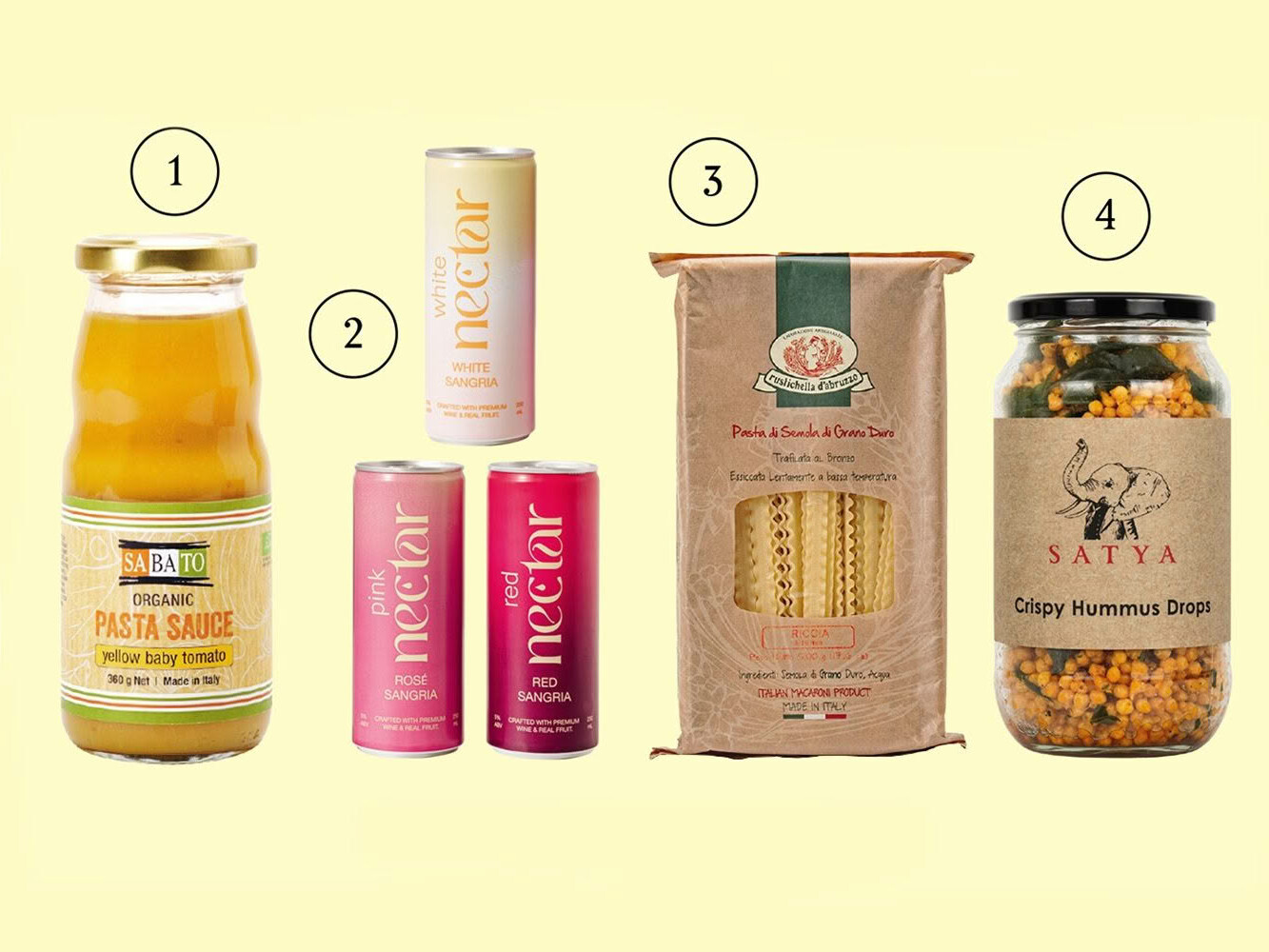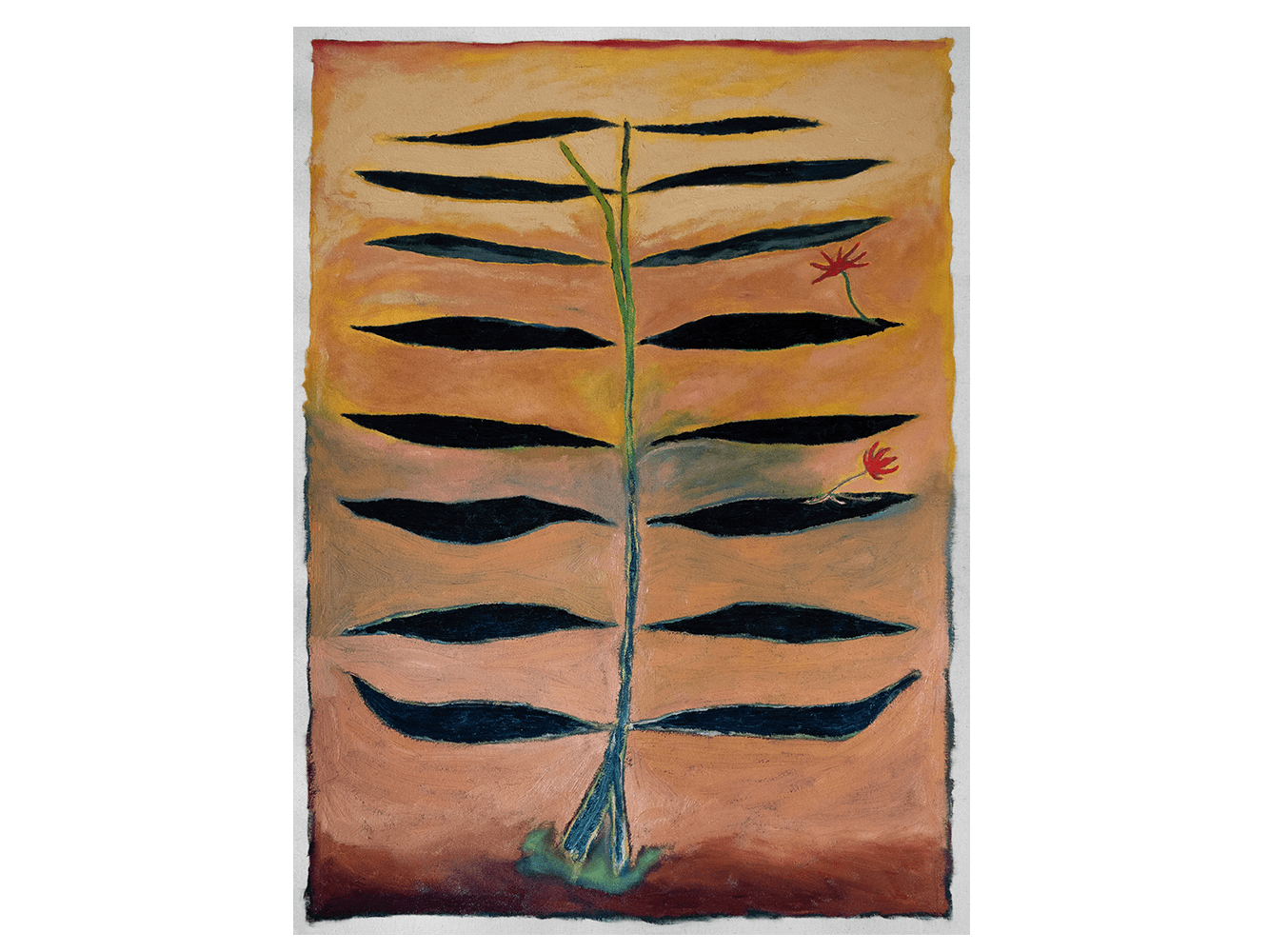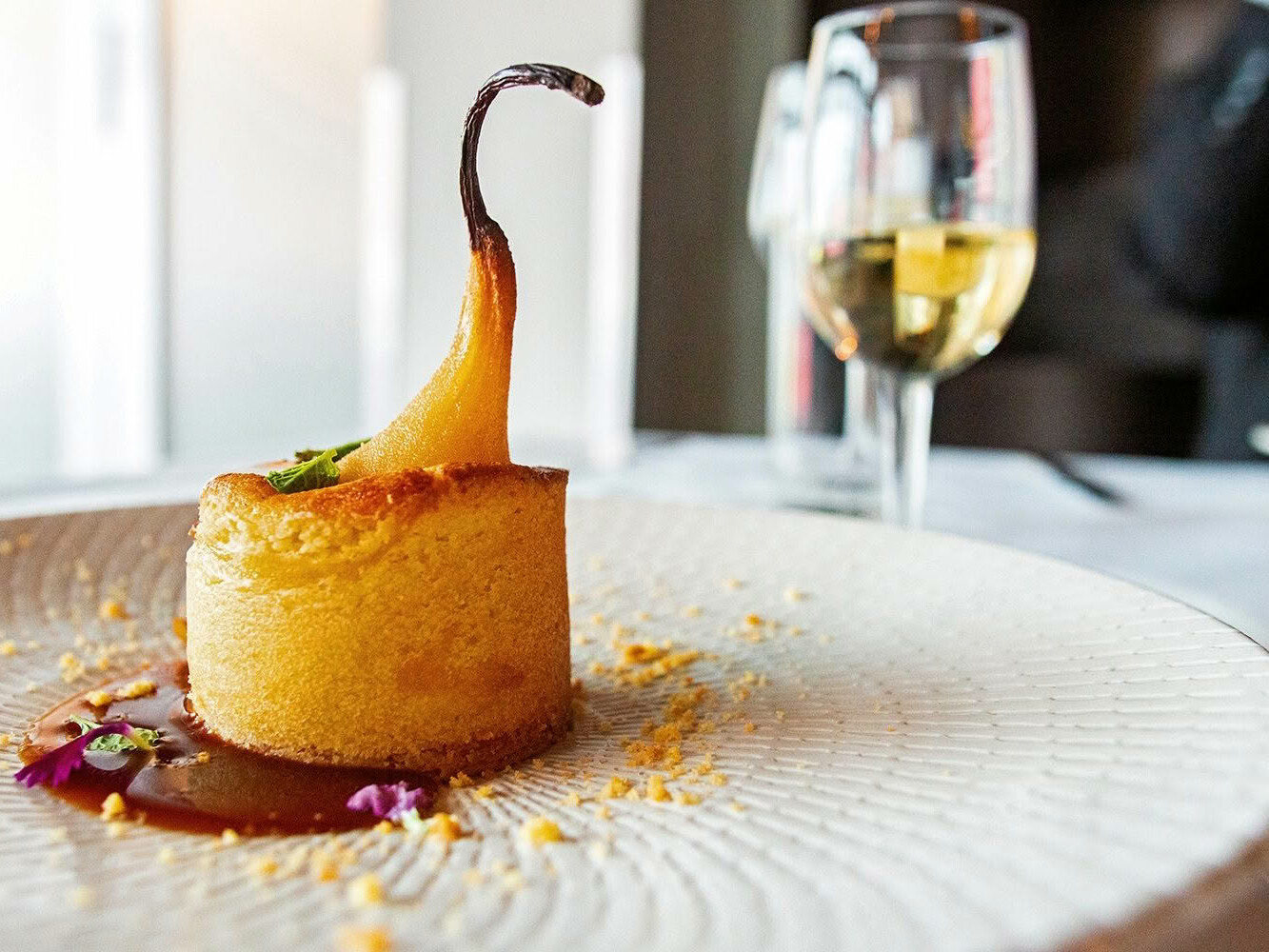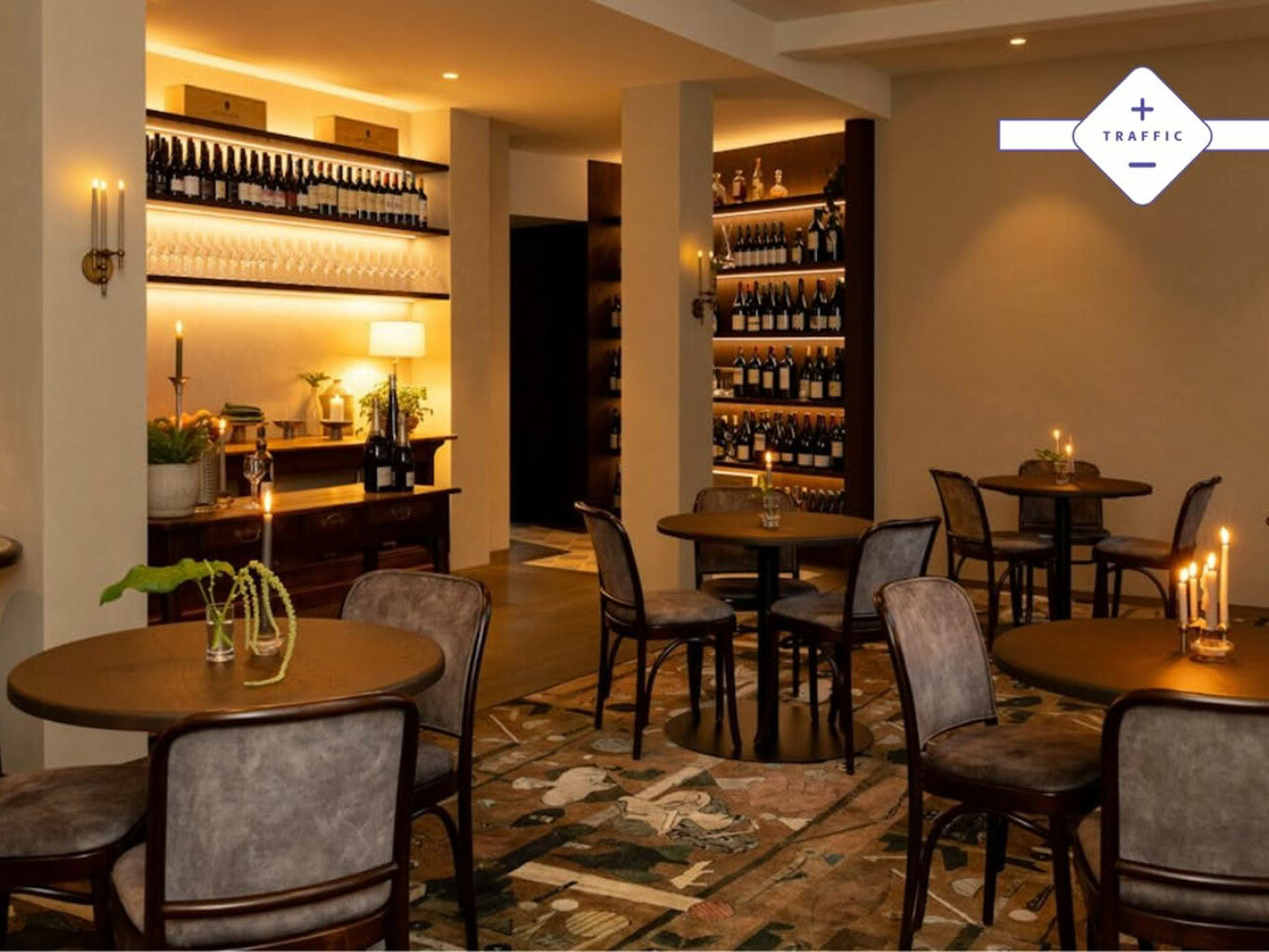Stephen Wong, MW, tells us that a long, hot summer calls for cool, cool wines.
As we reach the zenith of summer with its hot days and warm evenings, backyard BBQs and sun-soaked afternoons, the way we drink shifts gears. We seek beverages to cool us down, to refresh and quench the thirst caused by heat. To that end, we tend to chill everything: ice cream, ice blocks, cold juices, kombucha, cold coffee, iced tea, milkshakes and, of course, the whole host of mixed alcoholic drinks. Cool is the name of the game.
But what happens when you chill a wine? In basic terms, it has to do with changes to biochemical and organoleptic properties. A wider range of heavier molecules become volatile at warmer temperatures and this change in aromatic composition shifts the balance from fresh, light, fruity and floral aromas towards spicy, earthy, woody, heady, vanillin ones. The former are more refreshing, the latter are more layered, richer and complex.
The way we perceive acidity also changes with temperature – appearing heightened and more piercing when cool and broader, softer or sometimes raspy when warm. Its refreshing effects are more muted at warmer temperatures, and they also taste a bit more ‘sour’ or less ‘cleansing’. The feel of tannins is also markedly different when cool versus warm. They taste softer and rounder at warmer temperatures, while cooling makes them more pronounced and astringent. Combining the way that flavour expression, acidity and tannins work together, cooler wines show more structure, of both acidity and tannins, so they will appear more detailed, crisp, precise and linear. As the wine warms up, it will start to taste mellower, layered, complex and heady with a rounder, more generous mouthfeel. If it gets too warm though, it will start to taste flabby and some of the high-tones and detail will disappear.
What does this mean for drinking and enjoyment? The first thing is that ambient summer temperatures (>22°C) make even big reds taste a bit soupy and tiring. A slight chill makes a significant difference; don’t be afraid to pop that bottle of red on some ice, or in the chiller to keep it fresh and bright-tasting. The second takeaway is that some wines chill much better than others. Does it have light tannins and does its acidity make it taste refreshing? If so, then it can definitely benefit from being lightly chilled (10-14°C). Since there isn’t much tannin in the first place, there isn’t much risk of astringency and it already relies on acidity for balance, so chilling makes it even more refreshing. This includes gamay, pinot noir, dolcetto, St. Laurent and many lighter expressions of syrah and cabernet franc.
But what about when you want something that is really, really ice cold to beat the heat? Much is already written about ideal temperatures to drink whites, and most agree they taste best at 8-12°C (not that different from chilled reds). While objectively true, there are pragmatic alternatives for those times you want something much colder. So, which are the wines that don’t lose that much when you chill them down further? My rule of thumb is to go with varieties that don’t lose their intrinsic qualities when cold. Punchy aromatics, especially in the herbaceous, citrus and crisp apple range, can withstand some level of aromatic suppression without losing all their character. Wines that fit the bill include sauvignon blanc, albariño, chenin blanc, fruitier sparkling wines and most of the current crop of pale, dry rosés. More subtle wines, or ones which rely on heady, layered aromatics or the generosity of oak and spice will suffer most — pinot gris, gewürztraminer, viognier and complex chardonnay.
Let’s also venture slightly beyond the bounds of traditional wine. Summers are perfect for wine spritzers. Yes, it’s totally allowed and there are plenty of traditions in wine regions involving wine spritzers. Even Provence – the home of the currently ultra-fashionable, luxury rosés being enjoyed on super-yachts – has the ‘piscine’ (literally ‘swimming pool’), a spritzer of rosé served in a wide coupe, thus the name. Take a not-too-serious wine, add some ice and a cold fizzy mixer, liven it up with fresh herbs and you’re golden.
Lastly, let’s not forget about piquette, that usefully sustainable re-fermented by-product of pressed grapes. Its lighter style and naturally lower alcohol works very well at cold temperatures, even the red versions. One quirk of piquette is that several versions are available in cans instead of bottles. Being 150 times more thermally conductive than glass, these are perfectly formatted for rapidly chilling down to liven up the summer.
SEE MORE FROM CUISINE
Design File / Jessica Crowe / stylist, painter / Whangamatā
Though you may not know Jessica Crowe’s name, if you are a regular…
Traffic July / August 2025
Josh and Helen Emett continue the elegance and success of Gilt, with…






